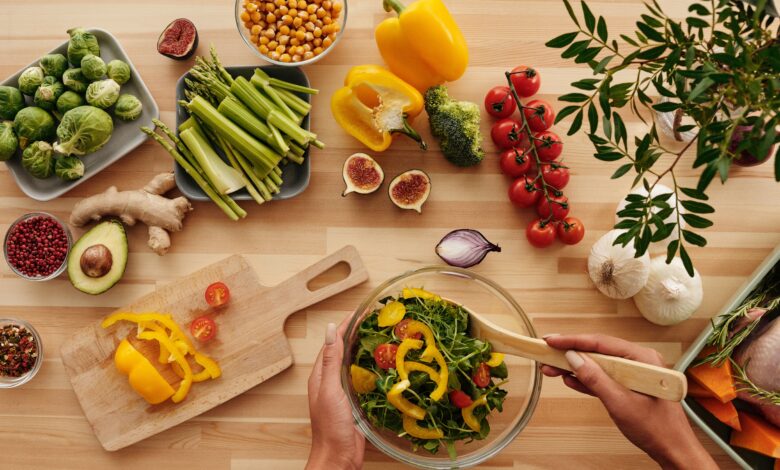Here’s What You Need to Know About DASH Diet

In celebration of World Hypertension Day, fill your plate with healthy foods packed with essential nutrients that can help prevent high blood pressure. If you want to have the perfect meal plan, NeedThat provides you with a guide about the DASH diet.
DASH Diet in a nutshell
The DASH (Dietary Approaches to Stop Hypertension) diet is a dietary plan designed to help lower blood pressure and promote heart health. Developed by the National Heart, Lung, and Blood Institute (NHLBI) in the United States, it is a well-researched eating pattern that prioritizes a healthy, balanced diet centered on whole foods and limits sodium (salt) intake.
It has been known as a successful method for treating hypertension. Additionally, it has been linked to various health advantages like lowering the risk of cardiovascular disease and enhancing general wellbeing.
5 key principles of the DASH Diet
This type of diet isn’t just simply following DASH diet recipes or DASH diet meal plans on the internet. It comes with different factors that one should consider to ensure that you’re consuming the right food being emphasized by this diet. Here are the following key principles you should keep in mind:
1. Limiting sodium (salt) intake
The DASH diet helps reduce sodium intake to help manage blood pressure. It encourages limiting the consumption of high-sodium processed foods, such as canned soups, fast food, and snacks, and instead using herbs, spices, and other flavorings to enhance the taste of meals.
2. More consumption of fruits and vegetables
Fruits and vegetables are packed with essential vitamins, minerals, and antioxidants that are vital for your body. Consuming food high in fiber lowers cholesterol levels and reduces the chance of developing heart disease. You may boost your fiber intake, encourage healthy digestion, and support optimum heart health by incorporating a variety of fruits and vegetables into your meals.
3. Incorporating whole grains into your diet
Whole grains provide more fiber and nutrients compared to refined grains. These include whole wheat, brown rice, oats, and quinoa. They are low in sodium and contain potassium, which is known to help lower blood pressure. The fiber content also contributes to better cardiovascular health. Studies have also shown that a diet rich in whole grains reduces the risk of chronic diseases such as heart disease, type 2 diabetes, and certain types of cancer.
4. Moderates alcohol intake
The DASH diet encourages individuals to be mindful of their alcohol intake and to avoid excessive or binge drinking. This means being aware of the amount of alcohol consumed and monitoring it to stay within the recommended limits. It’s crucial to take the DASH diet’s overall balance into account while including alcohol. Its use should not replace nutrient-dense items in the diet because it supplies calories without offering many nutritional advantages.
5. Choosing lean protein sources
Lean sources of protein, such as skinless poultry, fish, legumes, and low-fat dairy products, are an essential component of this diet because they contribute to a lower intake of dietary cholesterol and saturated fat. The aforementioned options offer a range of essential nutrients, including vitamins, minerals, and amino acids.
Check NeedThat to stay ahead of what’s hot and not in the consumer industry. We provide product reviews, comparisons, guides, and small business discoveries.



